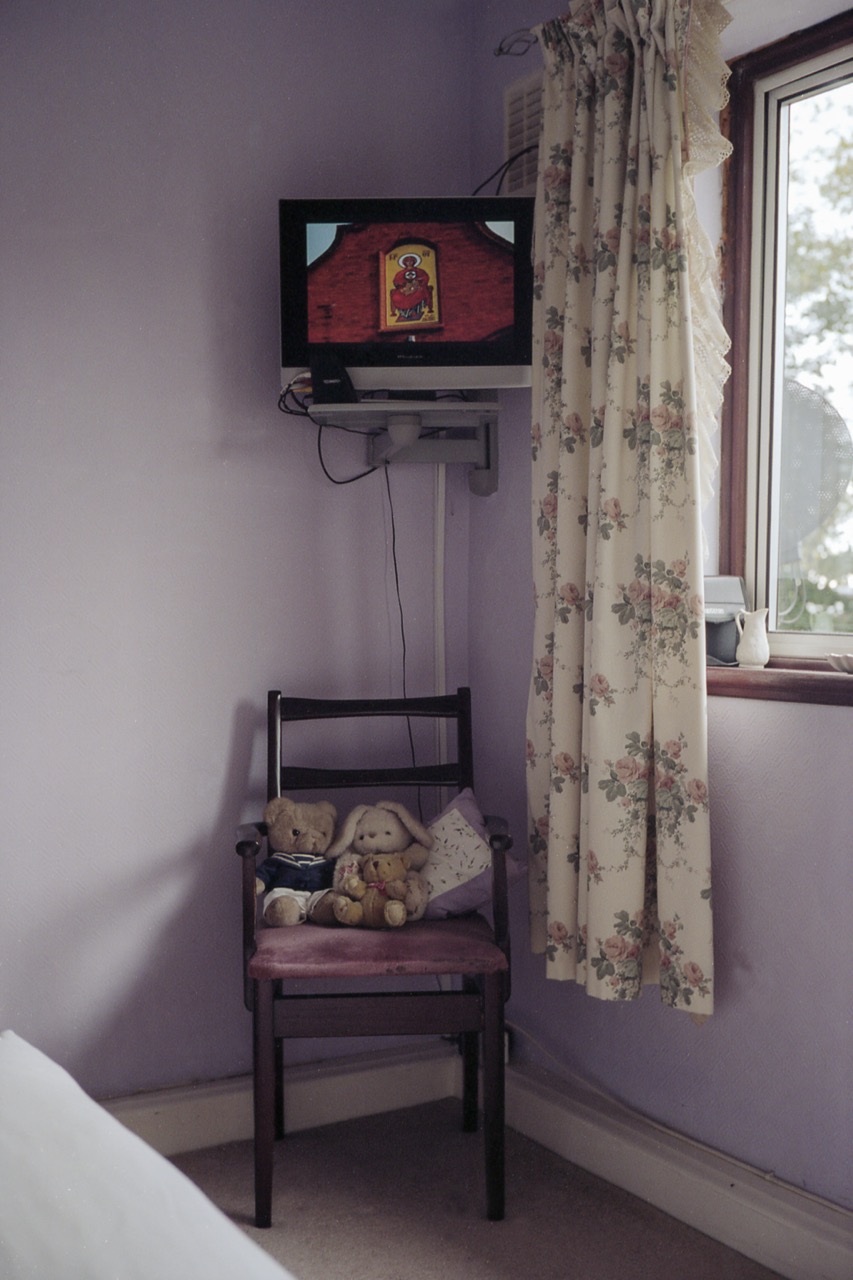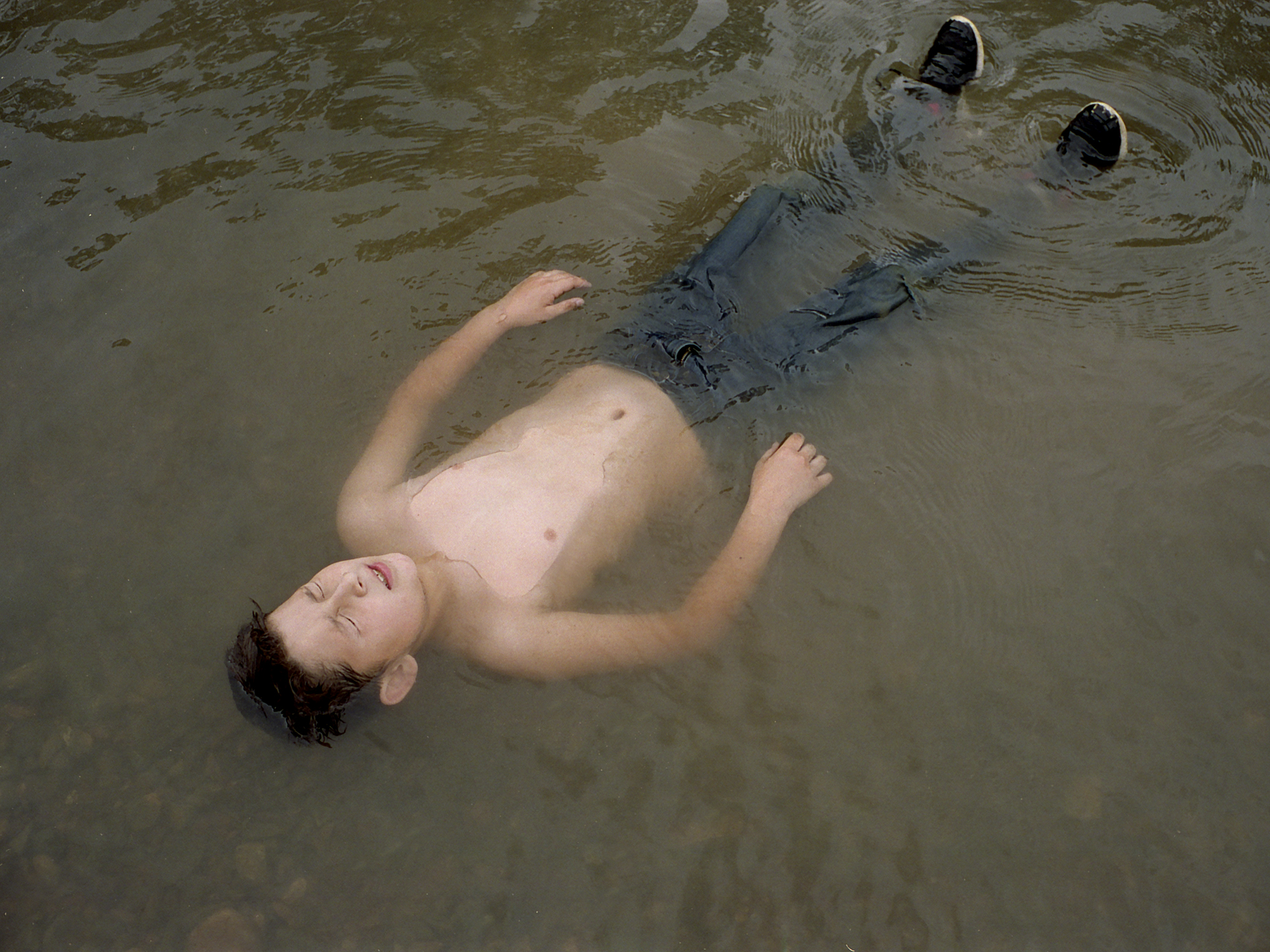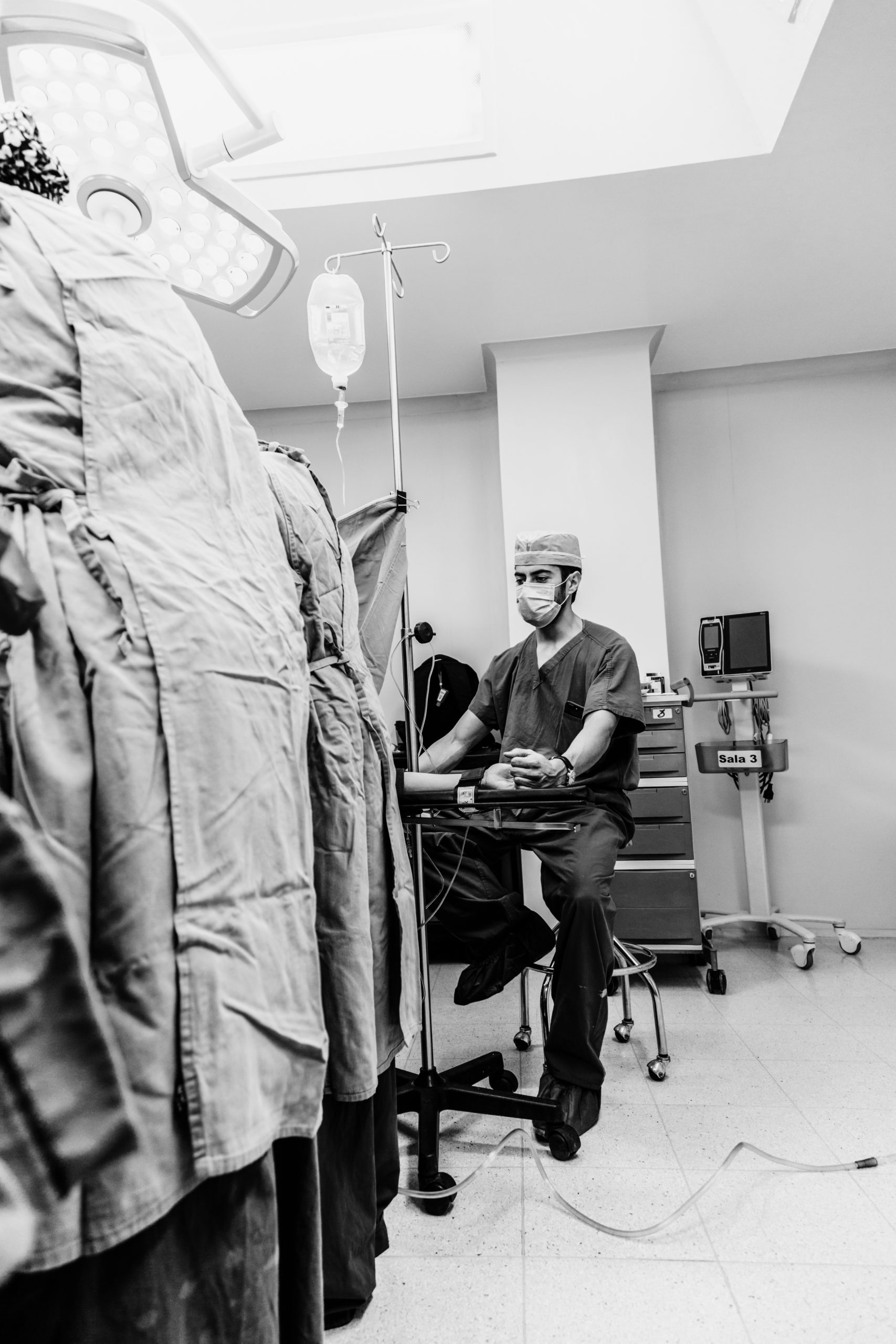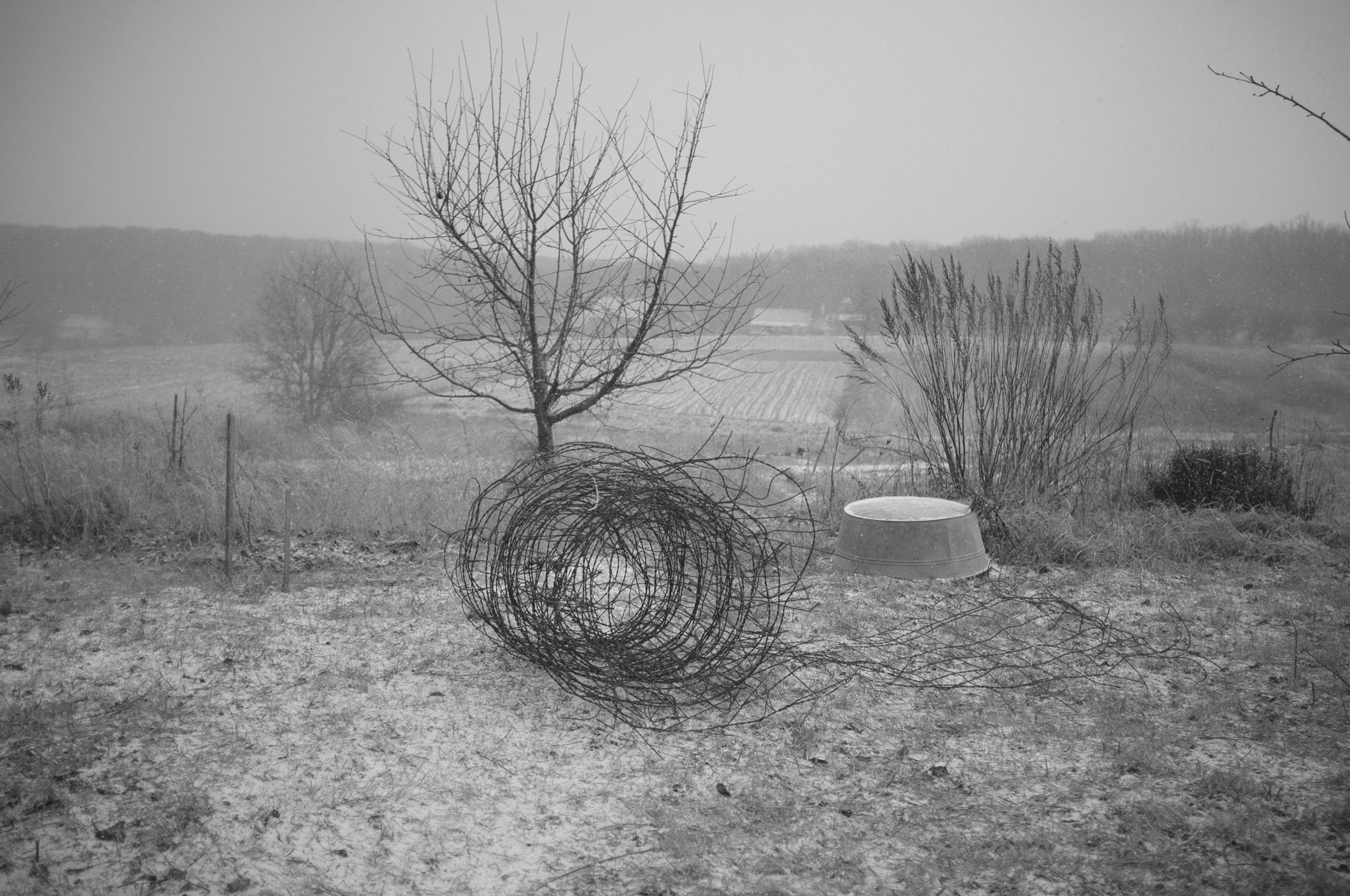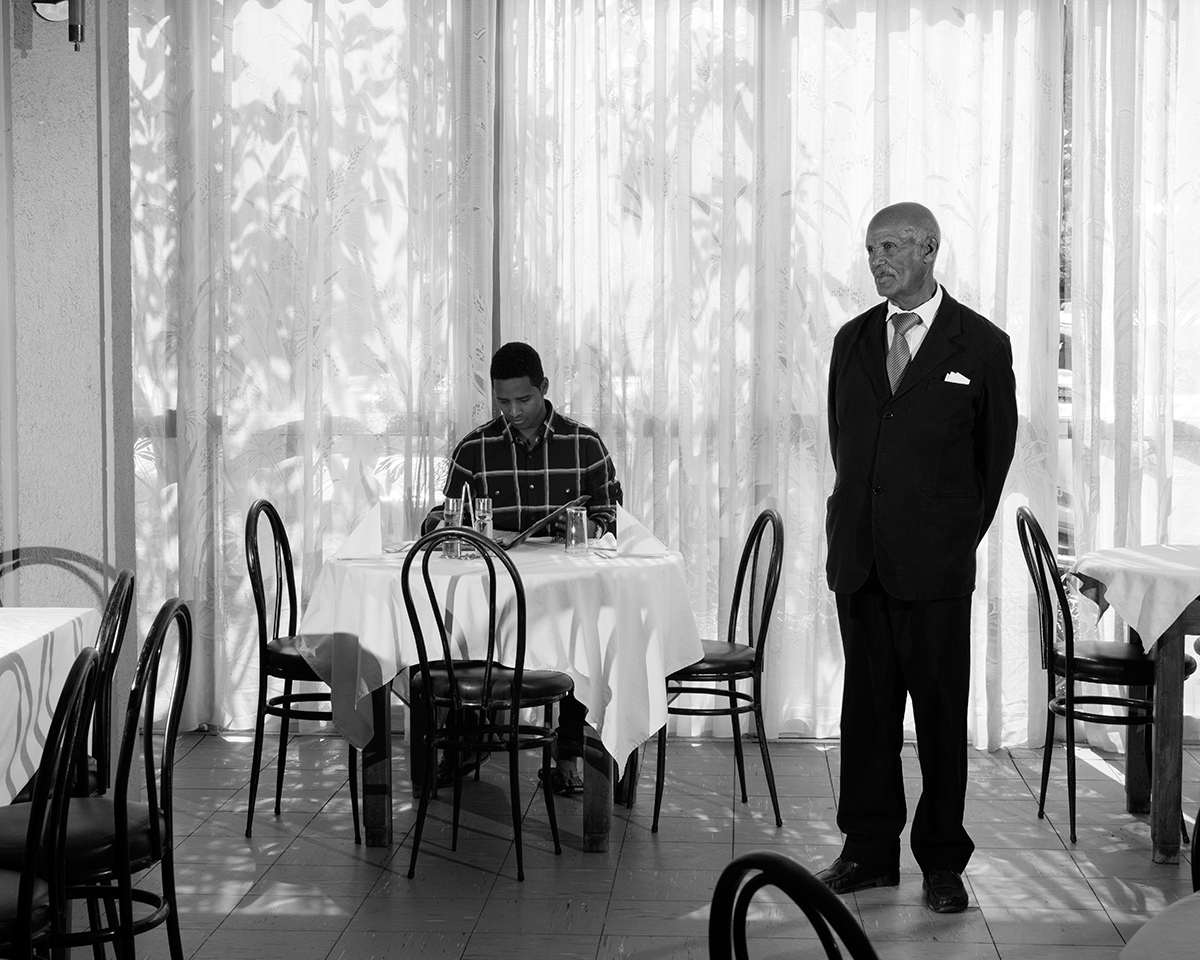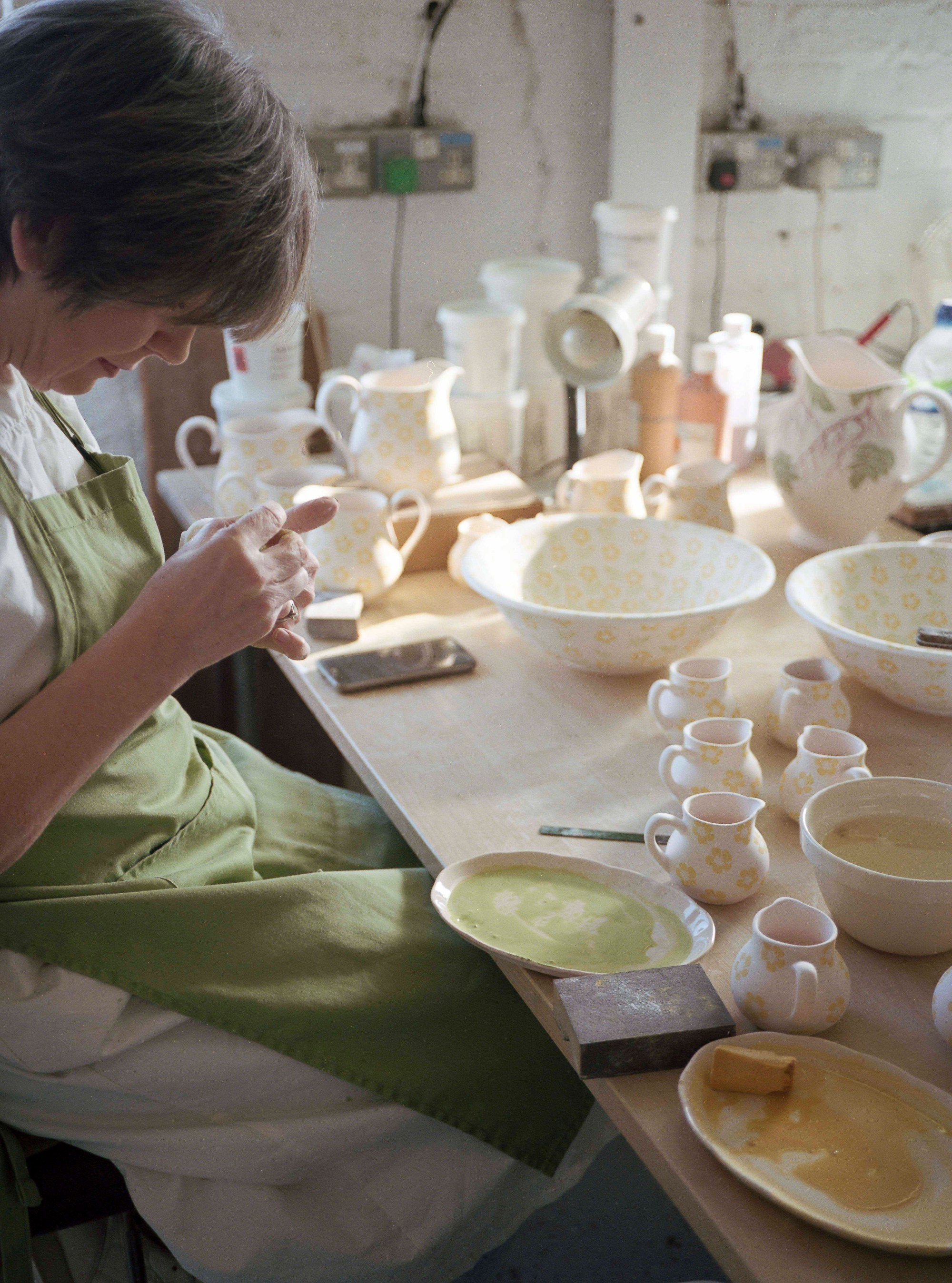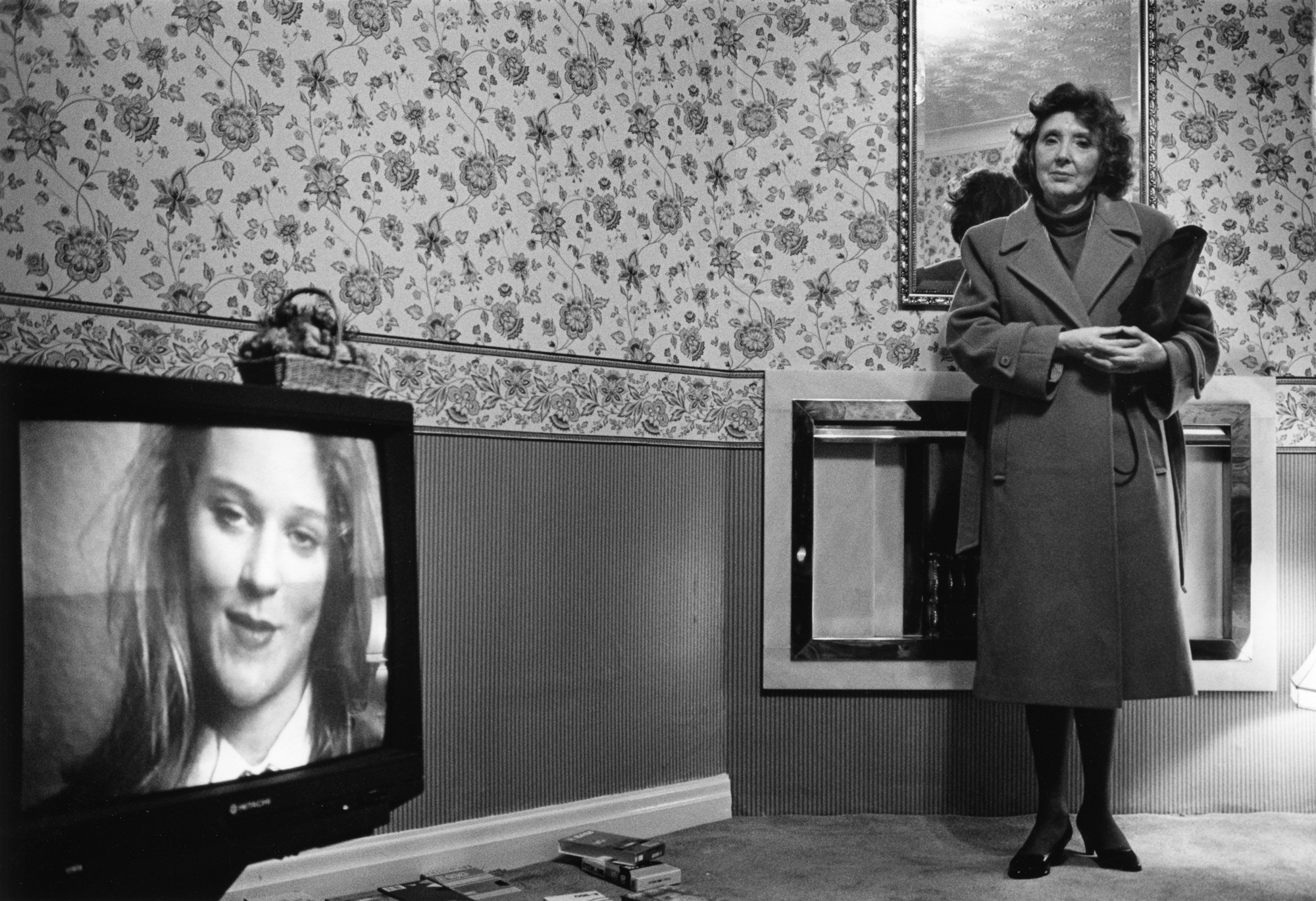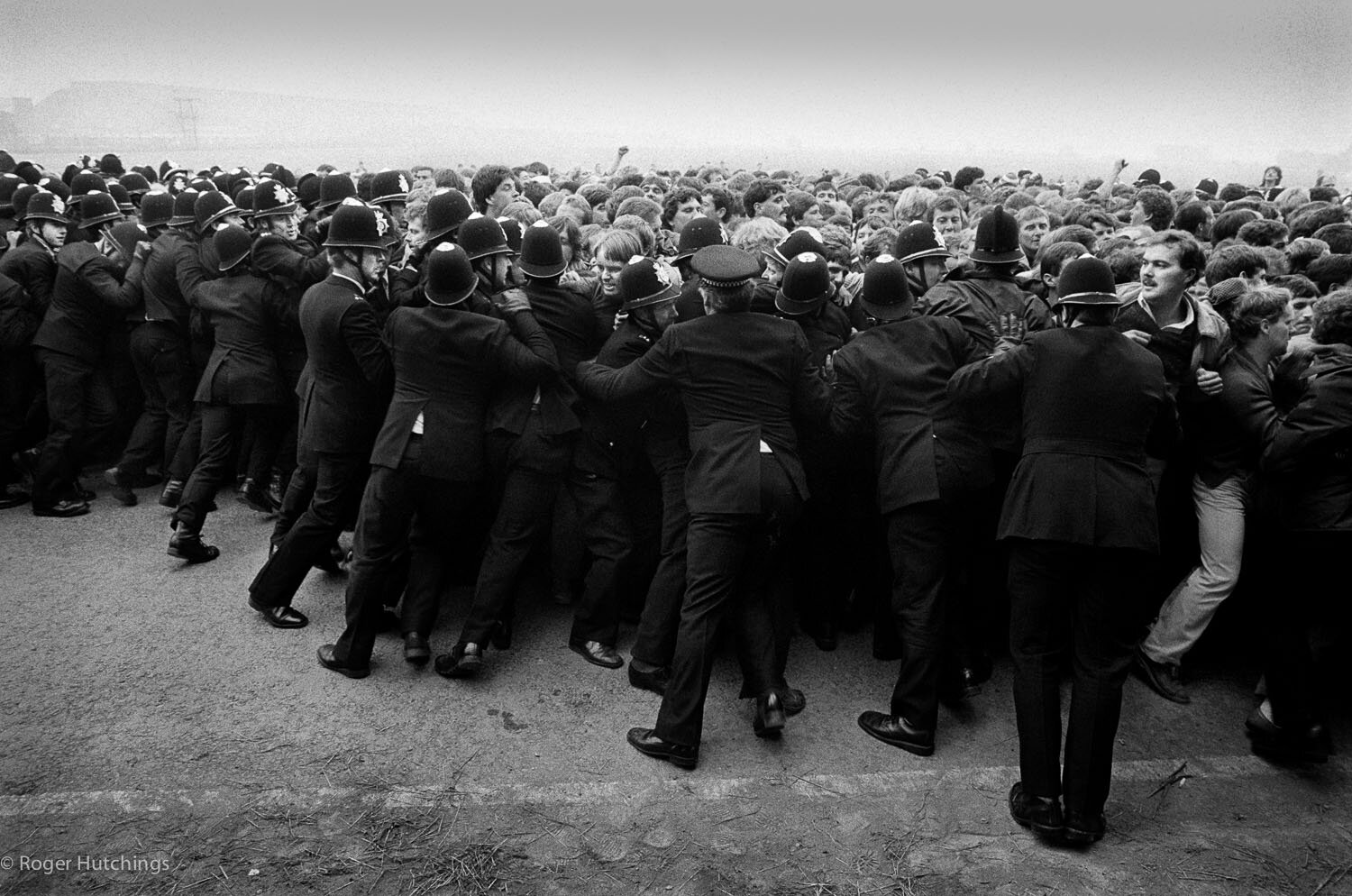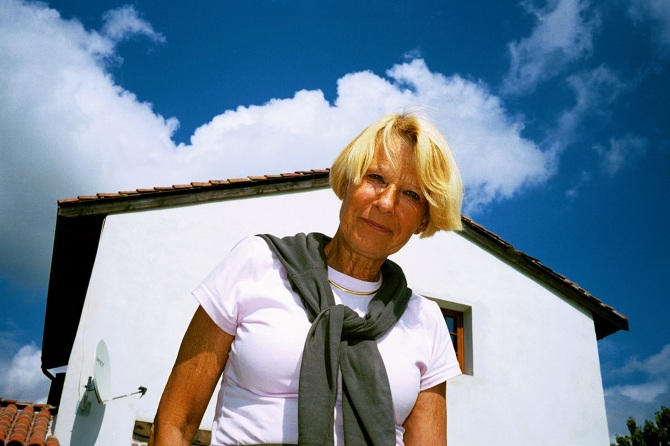Jim comes from an estate overlooking Desbury, Thornhill. It is a place that has a lot to offer in history, but only a little in terms of futures. It’s the first time I’ve been to Dewsbury (that I can remember) despite it being so close and the walk up from the station is a pretty arduous one.
Rise after rise. It pisses it down just as I start up a hill. I can’t tell what is sweat and what is rain any more. I wouldn’t call it ideal for a first meeting. The walk glances past the town centre, and through an Asda car park, followed by many a semi detached suburban street. The sun is high in the sky, but it's windy. It swaps between rain and sun intermittently. Proper Yorkshire weather. It all feels extremely sculptural. On top of that, great vistas sweep as you climb steep roads. Not to sound too much like a video game, but it's a place with great power. Thornhill sits at the top (clue in the name I guess). It surveys everything, but is strangely struck out, away from everything else. Everything in West Yorkshire was built on industry, and Thornhill is no different. It is bordered by two mines, one to the east, and one to the west, and the coal mining museum to the South. All are closed - the museum due to lockdown restrictions - the mines due to the eighties. On the West, the Ingham pit, on the East the Combs pit. Because of the so many pits and mills in the West Yorkshire area, towns and villages have a strange habit of interlocking with one another. Proper countryside is sparse - everything is conjoined, with gaps met by one or two new houses. Or a street of new builds, thrust into the hillside.

Some parts have become a commuter destination - as long as you can drive to a train station - the area has good connections to Leeds, Manchester and Huddersfield. In many ways though, that becomes part of a problem, as the money earned in the cities isn’t necessarily transferred into the communities.
The North of England becoming run down is no great secret - since the loss of industry it has had one of the worst unemployment rates, and most people living there feel a greater and greater division from the South. The collapse of industry in these areas has meant a near overnight loss of steady income and reliable work. West Yorkshire is one of the hardest hit places due to extensive mining communities and also textile industries based between Leeds, Bradford, Dewsbury and Huddersfield. As someone from further east, to me the population density seems strange, again it exacerbates the need for more stable jobs and community support. Communities are spread thin. And after years of neglect, there is a definite feeling that these communities are left to fend for themselves.

Jim Brook’s work is a reflection of this. It is easy to say that it is not for everyone. But like all good work, that should be viewed as a strength. It deals in pushing and pulling tropes, manipulating them into talking about culture and class. Working mostly in photography, sculptural forms, and book making (through saltandpepper press primarily). Though his practice has beginnings in a more traditionally photographic form, it has developed into a richly informed use of traditional methods and materials, using the culture and history of the environment around him as touchstones. One of the easiest to identify forms that this takes is banner making. Creating wordy tapestries that are crafted from that tradition of banners in support of communities, the unions, and the wider labour movement.

Work like this begins to touch upon a large question: at what point does art become culture, and vice versa? As someone who lives in Leeds, much of the galleries here are informed primarily by sculpture, something that I think is very reflective in much of Jim’s work (Jim studied both his BA and MA in Leeds). These galleries, like many others, do still have a class or education threshold to pass over. I hold a degree in the arts and I’ve probably understood a small handful of the exhibitions I’ve been to in my time living in Leeds. Very little is accessible, both from the established galleries as well as in smaller spaces, unless it is fully public engagement focused.
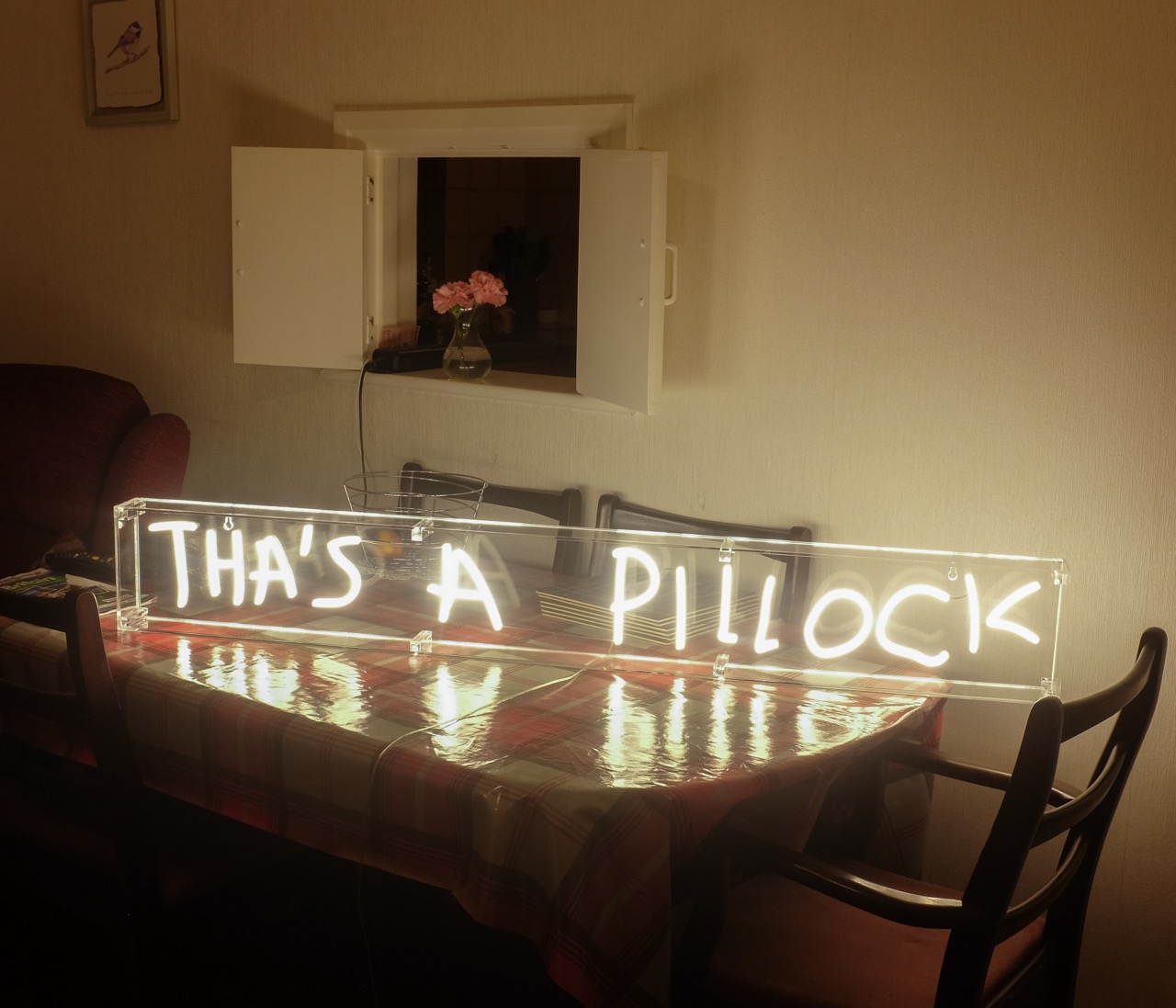
Jim’s practice comes between that - educated in art school, creating sculptural forms, and having worked in some of the galleries in the past - though instead through the following of a strong local tradition of storytelling and the home, it avoids the fine art tropes of many others. It undoubtedly dabbles in the process of building and sculpting, but by using the ready made, has a playfulness to it that gives space to these objects of recognition. Partly that might come from an arts education, partly that might come from originally pursuing building college before moving on to take up photography.

Strangely, there is something that alludes Leeds in terms of a people’s history. It doesn’t share the same pride for its industrial roots or links to the labour movement with quite the ferocity that Manchester or even Bradford or Wakefield.
-
Find this feature in our Industry Issue.
Black and white photography: Wes Foster

